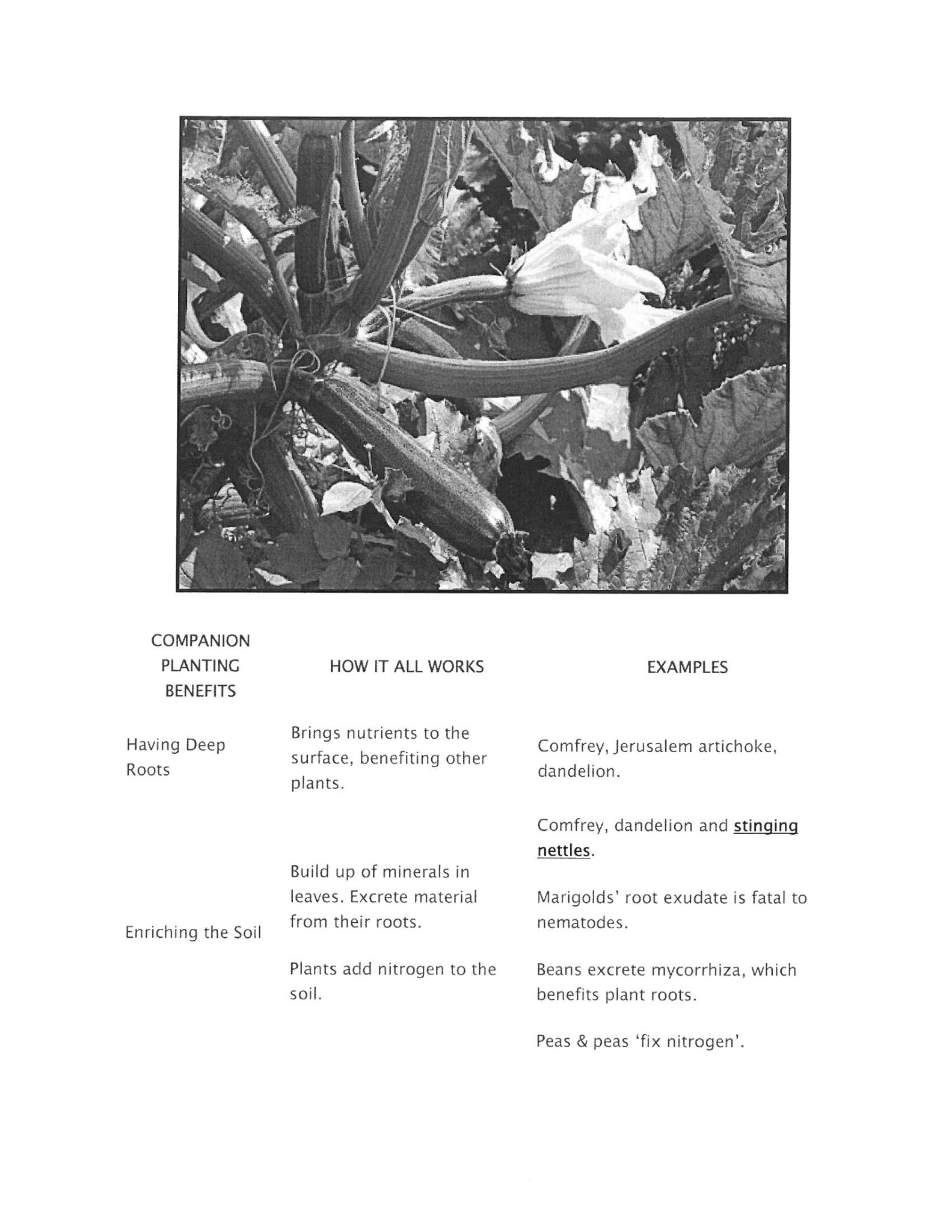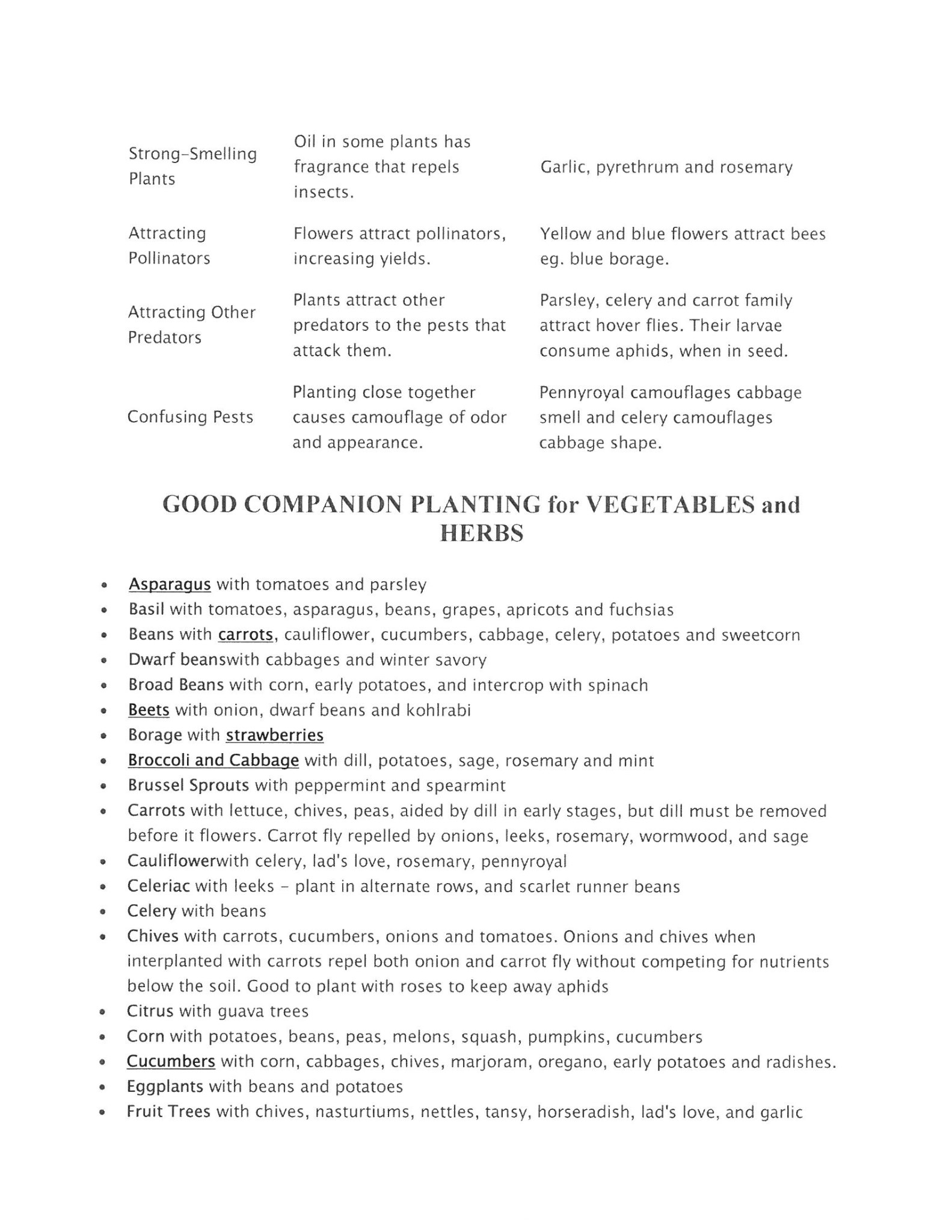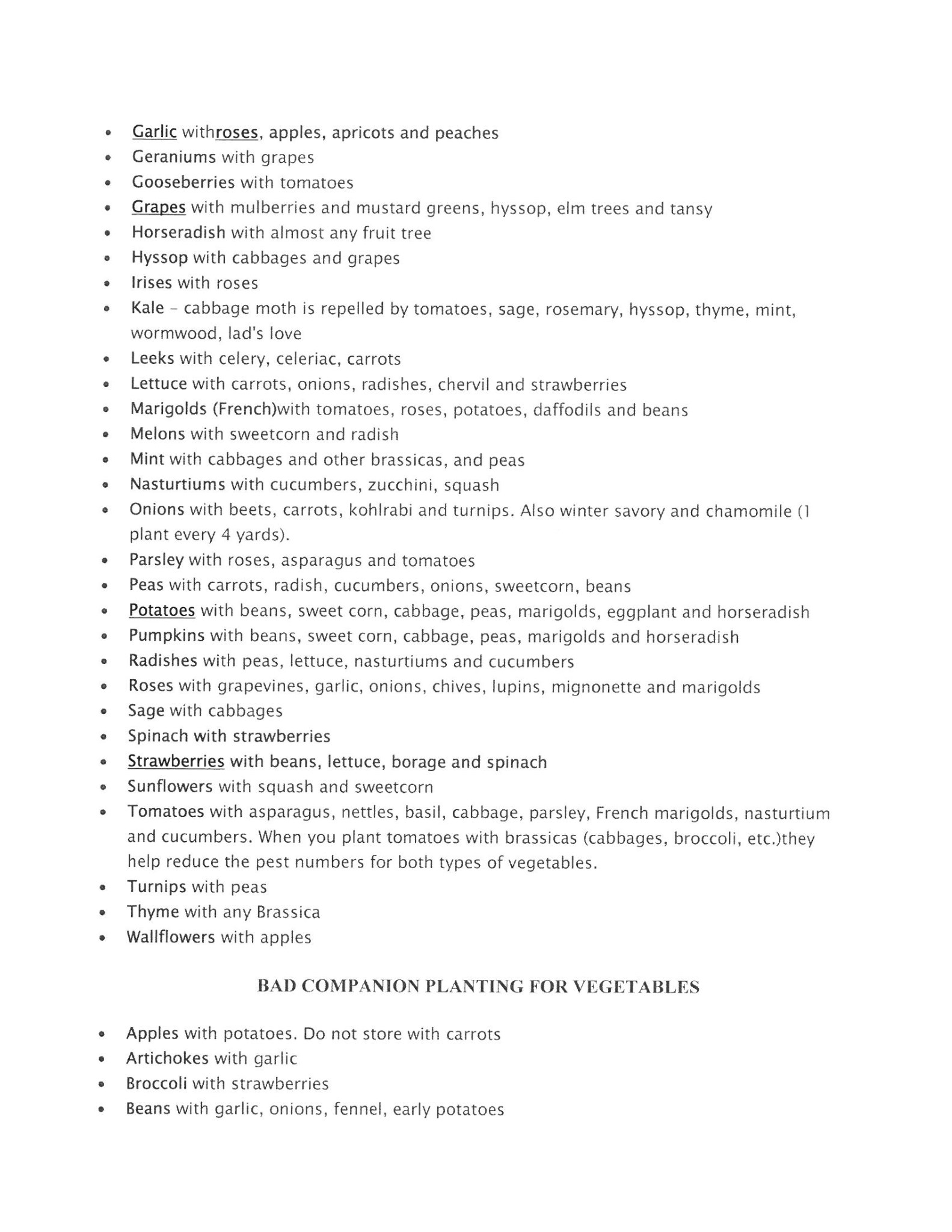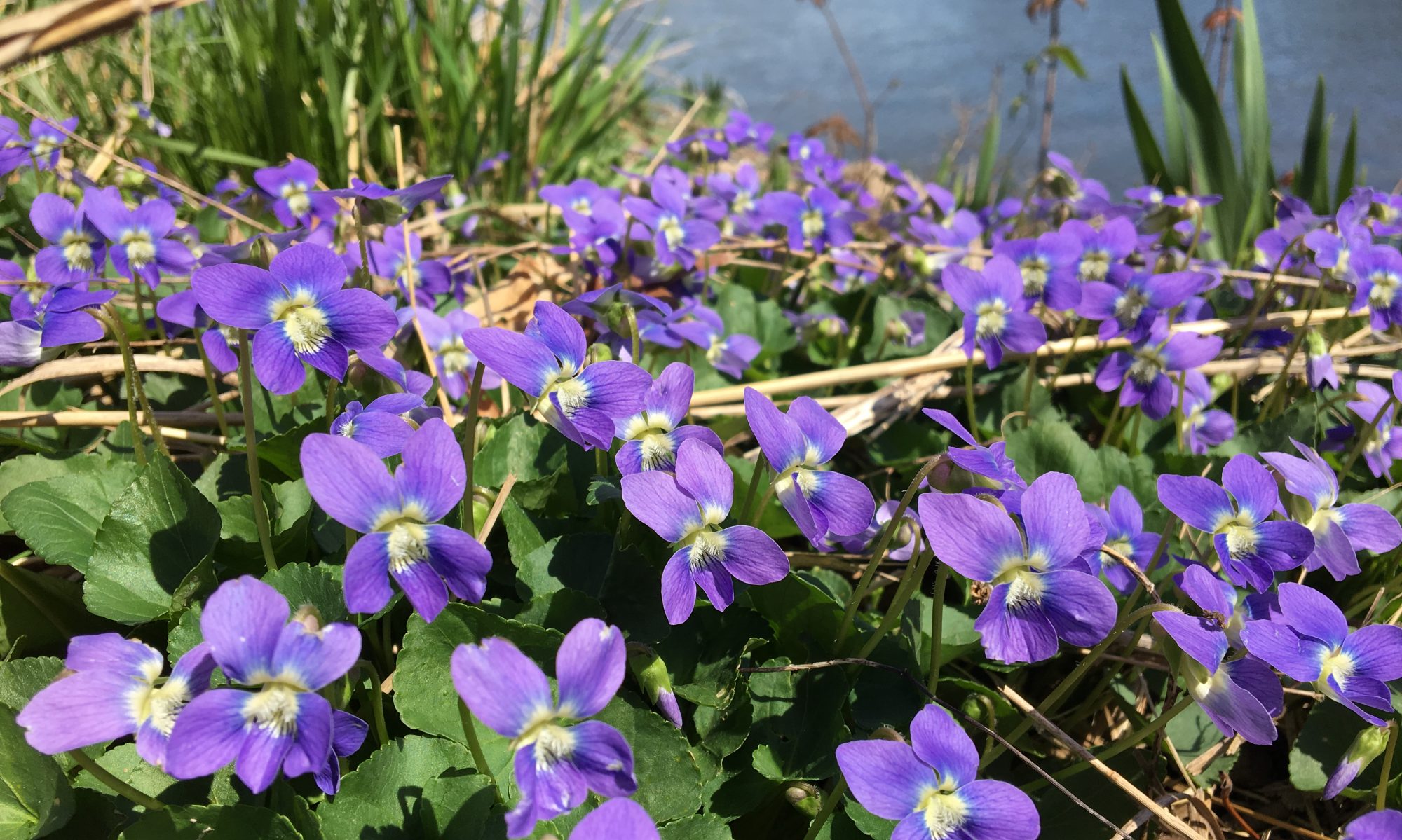Now that we have our flower order forms, I thought this would be the perfect month to focus on the gardening concept of “polyculture”-a system that encourages gardeners to leave the realm of familiar and explore planting arrangements that support conservation and plant diversity. Visualize a bed full of vegetables all over the place, masses of color and different textures instead of traditional rows. Polyculture tries to imitate nature by growing a range of different crop varieties within one growing space to create a mini ecosystem. It can help to reduce weeding by filling in the gaps where weeds would thrive and involves companion planting by attracting beneficial insects which help to deter pests. Companion planting for vegetables, herbs and flowers is a practice that has been around for hundreds of years. One only has to look at the tradition of the 3 Sisters Garden-an age-old Native American agriculture technique of planting the three inseparable sisters: Corn, beans and squash together. Here is how the theory works: Corn grows tall looking for the sun, taking a lot of nitrogen from the soil. Beans grow up the stalks of the corn, looking for the sun too. Climbing the corn, the beans support the corn stalks and put much needed nitrogen back into the soil. Planting shallow rooted squash vines at the same time allows the squash to become a living mulch, shading emerging weeds and preventing soil moisture loss. The spiny squash plants also help discourage predators form approaching the corn and beans. Therefore, by inter-cropping, or companion planting, you have been able to grow 3 different vegetables in the same space as you would one.
Although it might have been seen as old wives tales, many plants, flowers and herbs do defend themselves against insects by being poisonous to them or developing a strong scent that frightens them away, and it is possible that a plant growing close by might benefits from being in this bug-free zone. So, although companion planting is also mixed up in folklore, there is also an element of fact and this method can be happily adopted by those who practice organic gardening.
For example, French Marigolds secrete an enzyme of a hormone into the soil that deters nematodes from infesting their roots, and it does seen that tomatoes or other nematode susceptible plants growing as neighbors will be protected. Interplanting you tomatoes with basil and dill will also repel tomato hornworm.
Nasturtiums and Tansy will take care of cabbage white butterfly caterpillars and are great for repelling white flies. Catmint and Nasturtiums repel aphids as well. Sunflowers help trap harlequin bugs, calendula daisies are good for deterring earwigs.
Daisies, dill, coriander and parsley are all good for attracting beneficial insects into the garden. The pollen they provide make them wonderful bee plants, but in addition they also attract parasitic wasps that prey on insect pests. These plants should be planted throughout the garden as regular intervals as many of these wasps are tiny and fly only over short distances. Yarrow and Sweet Alyssum attract bees, hover flies, ladybugs and parasitic wasps. And who would have thought that Roses are great companion plants to grapevine, garlic, onion, chives and marigolds?
So, you get the idea. Polyculture can be implemented in any space, large or small, by simply exploring a variety of planting arrangements that perhaps you didn’t think of before. So now when you dream about your garden plans for this upcoming season-be sure to explore what flowers and herbs are offered through the plant sale that could help you introduce polyculture into your garden,




Wheaton, Illinois